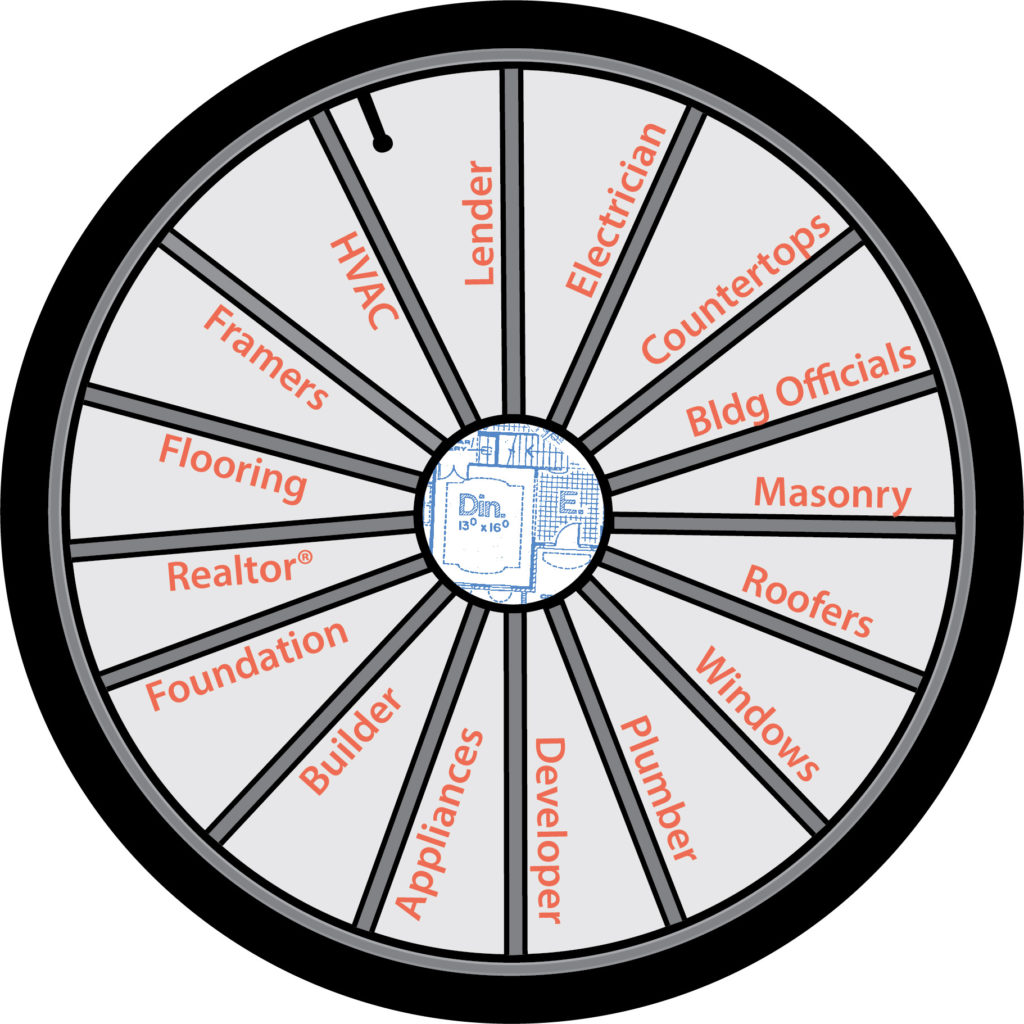Your specific situation can affect how that question is answered. You may already own a building lot, perhaps the reason you want to move is to reside within a certain school district, or maybe you’ve already established your new home budget. Still, though we may be a bit biased, finding or developing the home plan may be a wise first step, because it has tremendous impact on everything else.
Finding or developing your home plan.
This may be easy, as the builder you choose may have a home design you really like. Or, they may have a designer on staff who will design your home as part of the process. But often that’s not the case. Many home buyers start by searching for home plans online. Such online searches can be fun, but with tens of thousands of plans online, this can also be daunting. If you find a pre-drawn home plan that matches what you’re looking for, fantastic! It can be a great value based on their low price, immediate turn-around, and quality construction drawings. For an additional fee, many residential design firms will also modify their pre-drawn plans to incorporate your specific changes that would make the plan perfect for you.
Still, pre-drawn plans may not be the right solution for everyone. Some areas require an engineering stamp or architectural seal on home plans that is typically not available with pre-drawn plans. In such jurisdictions you will need to also find an engineer or architect to review and stamp the plans. Also, a pre-drawn plan may need to be reviewed and possibly modified to ensure compliance with all local codes. It is wise to contact your local building department regarding home plan requirements before buying a home plan. Or you simply may not be able to find an existing home design that looks and lives the way you want.
It may be that working with a design professional to develop a custom home design is your best choice. In our next post we discuss how to choose your designer to achieve the home plan of your dreams!
- Visit our blog
- Browse our Her Home™ Magazine
- Thoughtful Design Concepts

